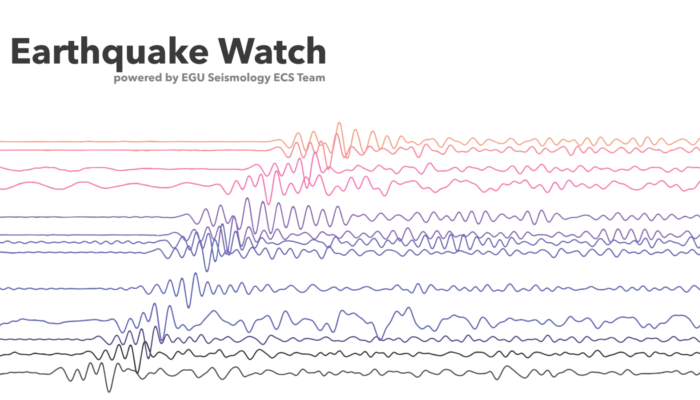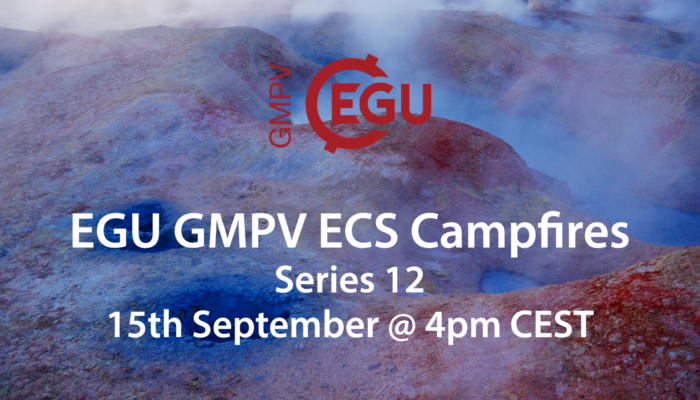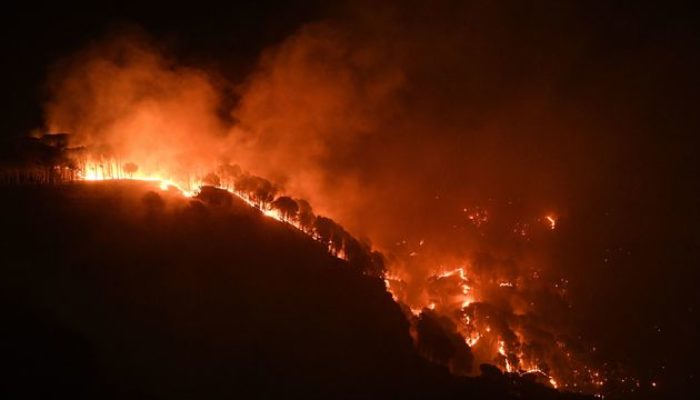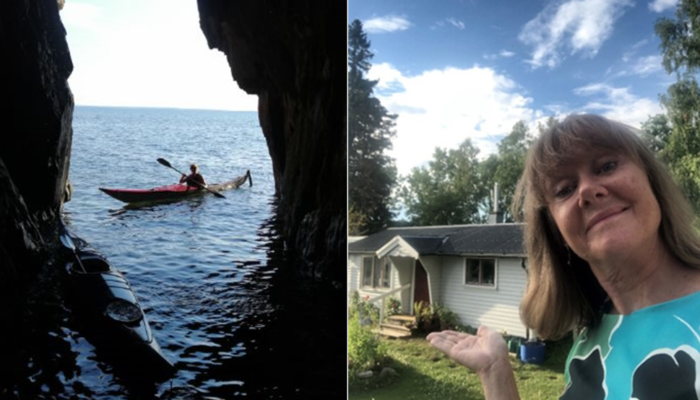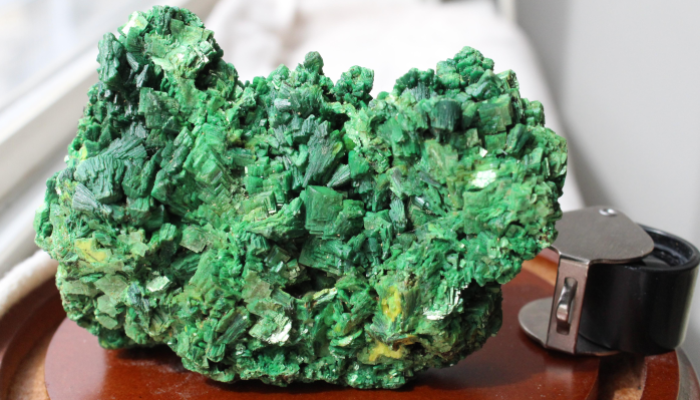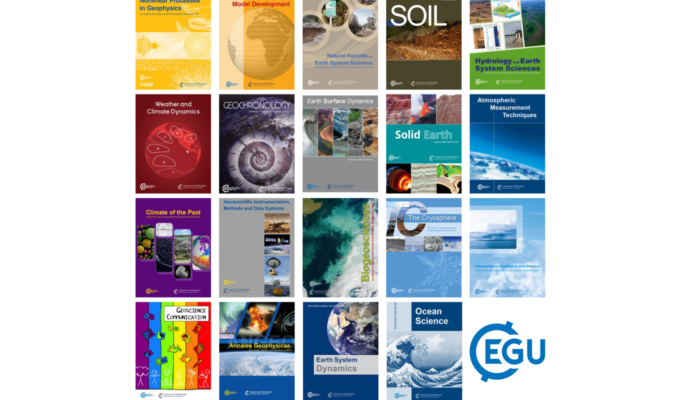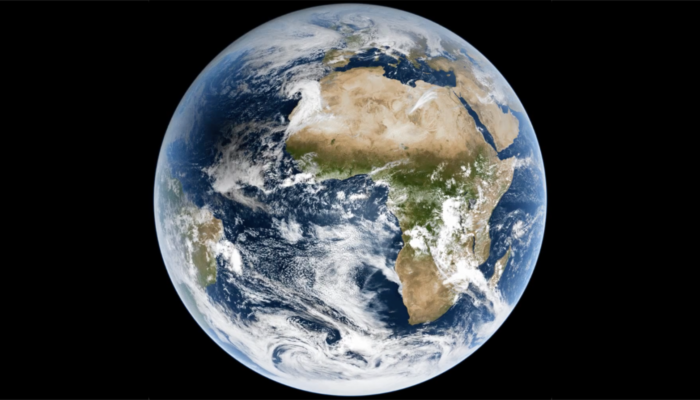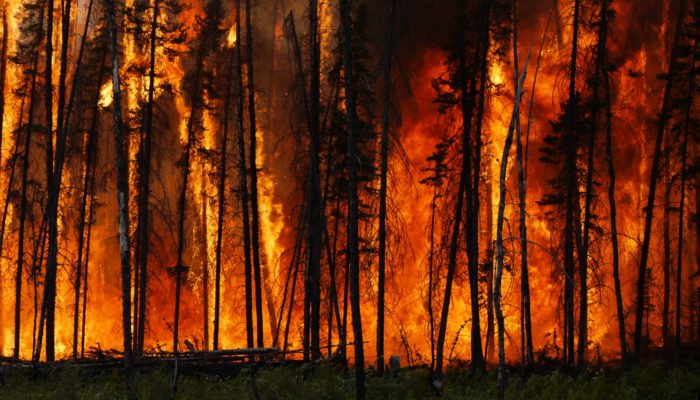One year ago, we started a series of blog posts synthesising the main results and discussions about the most significant earthquakes recorded recently, previously called “Earthquake of the month” and now known as “Earthquake Watch.” In our first edition, we reported on the 2020 Simeonof earthquake M 7.8 that occurred in Alaska (read here), and today we return to the same region with another intere ...[Read More]
Geochemistry, Mineralogy, Petrology & Volcanology
GMPV ECS Campfires: Wednesday 15th September @ 4pm CEST!
Mark your calendar! The 12th edition of the Geochemistry, Mineralogy, Petrology and Volcanology division’s early career scientists talks (EGU Campfires) will be on Wednesday 15th September at 4pm CEST! Our speakers are: Sri Budhi Utami (Final Year PhD Candidate @ Nanyang Technological University, Singapore) – How a volcano pressure cooker works: the role of excess fluids in controlling eruption st ...[Read More]
Nonlinear Processes in Geosciences
Three reasons why Forest-Fires worsen with climate change
The brand-new IPCC AR6 report clearly states that “Unless there are immediate, rapid and massive reductions in greenhouse gas emissions, limiting warming to around 1.5°C, or even 2°C, will be out of reach”. Although as human beings we do not perceive changes in global Earth average temperatures as a threat to our lives, the IPCC report also states that extreme weather events will worsen; actually ...[Read More]
Stratigraphy, Sedimentology and Palaeontology
Sediment in the deep ocean. Part 2: thermohaline currents that shape the seafloor
In Part 1 we differentiated between (1) shallow-marine tide-related currents from (2) purely gravitational sediment-laden currents. We could add that the former are periodic, as they are controlled by the effect of the Moon and Sun gravitational fields on the oceanic water as the Earth revolves, while the latter are sort of ‘spontaneous’ currents driven by the Earth gravitation field on sedi ...[Read More]
Hydrological Sciences
Berit Arheimer (2021 Henry Darcy Medallist) early autumn reflections from a summer cabin
The EGU 2021 Henry Darcy Medal of the EGU Division on Hydrological Sciences was awarded to Berit Arheimer, leader of the Hydrological Research unit at SMHI, and first ever female elected president of IAHS. The medal was awarded for her scientific leadership in policy-relevant large-scale modelling of water quality and quantity, promotion of open hydrology, and her excellence in managing research g ...[Read More]
Geodynamics
When not Digging Through Code, Dig Rocks
Most of us have been directly or indirectly involved in outreach activities, often relying on shiny rocks to capture people’s fascination. This week, Aaron Van Alstine, a member of the Memphis Archaeological and Geological Society, a passionate rockhounder, and moderator of the sub-reddit on radioactive rocks, shares his views on why all earth scientists need a rock collection and how to st ...[Read More]
Tectonics and Structural Geology
Tektonika Diamond Open Access Journal
In a nutshell Tektonika is a community-led Diamond Open Access journal (DOAJ) for tectonics and structural geology launching in early 2022. The journal will publish high quality peer-reviewed research that is free for authors and readers, offering an alternative to long-standing publishing models that conceal knowledge dissemination behind paid subscriptions. Community involvement is at Tektonika’ ...[Read More]
GeoLog
GeoRoundup: the highlights of EGU Journals published during August!
Each month we feature specific Divisions of EGU and during the monthly GeoRoundup we will be putting the journals that publish science from those Divisions at the top of the Highlights roundup. For August, the Divisions we are featuring are: Geodesy (G), Geodynamics (GD) and Earth and Space Science Informatics (ESSI). They are served by the journals: Geoscientific Model Development (GMD), Geoscien ...[Read More]
GeoLog
Imaggeo On Monday: Solar eclipse of November 3, 2013, observed from a geostationary orbit
The solar eclipse of November 3, 2013, as observed from the MSG satellite, in geostationary orbit 36000km above the equator. The eclipsed area, where the shadow of the full Moon reached the Earth’s surface, moved over the Atlantic Ocean and Africa. This eclipse was classified as a hybrid eclipse because it started out as an annular eclipse and became a total eclipse over equatorial Africa. W ...[Read More]
GeoLog
GeoPolicy: What does the IPCC’s 6th Assessment Report tell us about the future?
The Intergovernmental Panel on Climate Change (IPCC) prepares and publishes extensive Assessment Reports on the scientific, technical and socio-economic knowledge on climate change, including its impacts, future risks, and likely scenarios based on the actions that humanity takes. In their sixth Assessment Report (AR6), the IPCC’s certainty and warnings were clearer than ever. This month’s GeoPoli ...[Read More]

